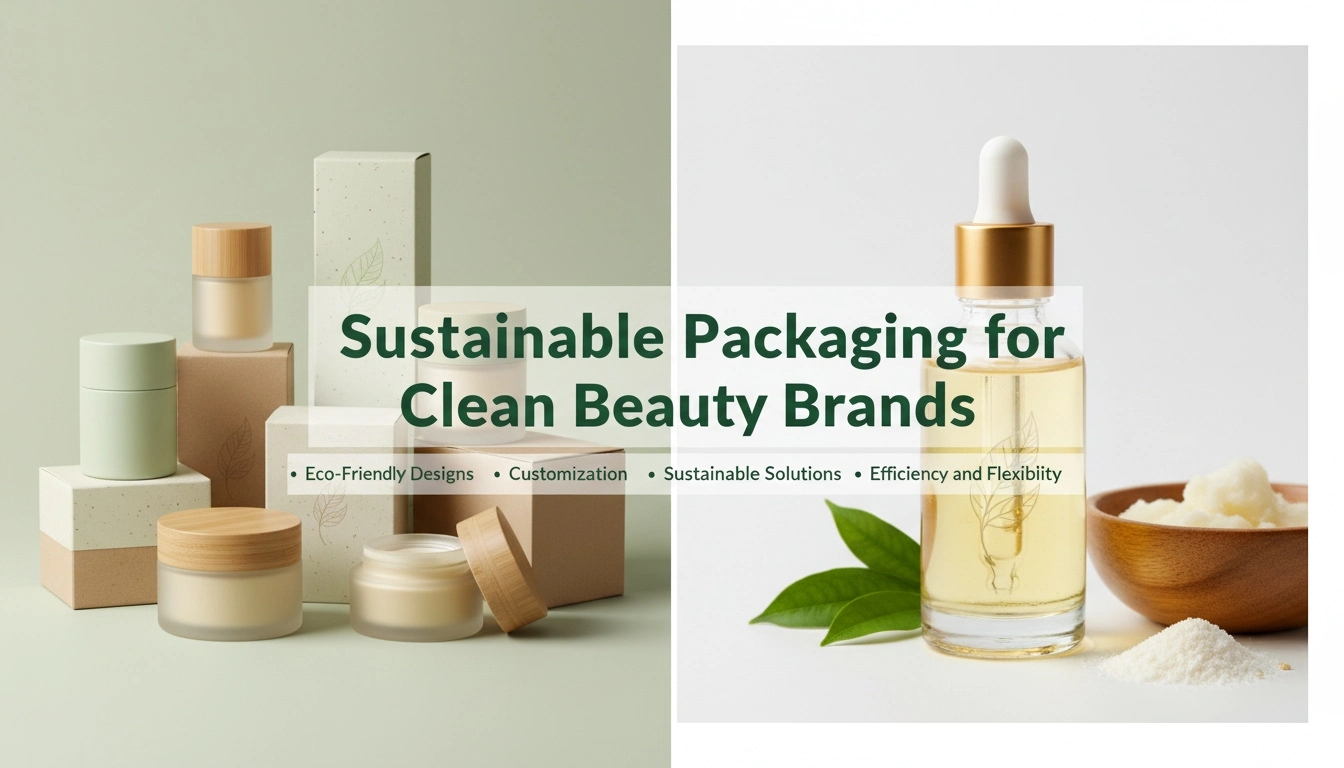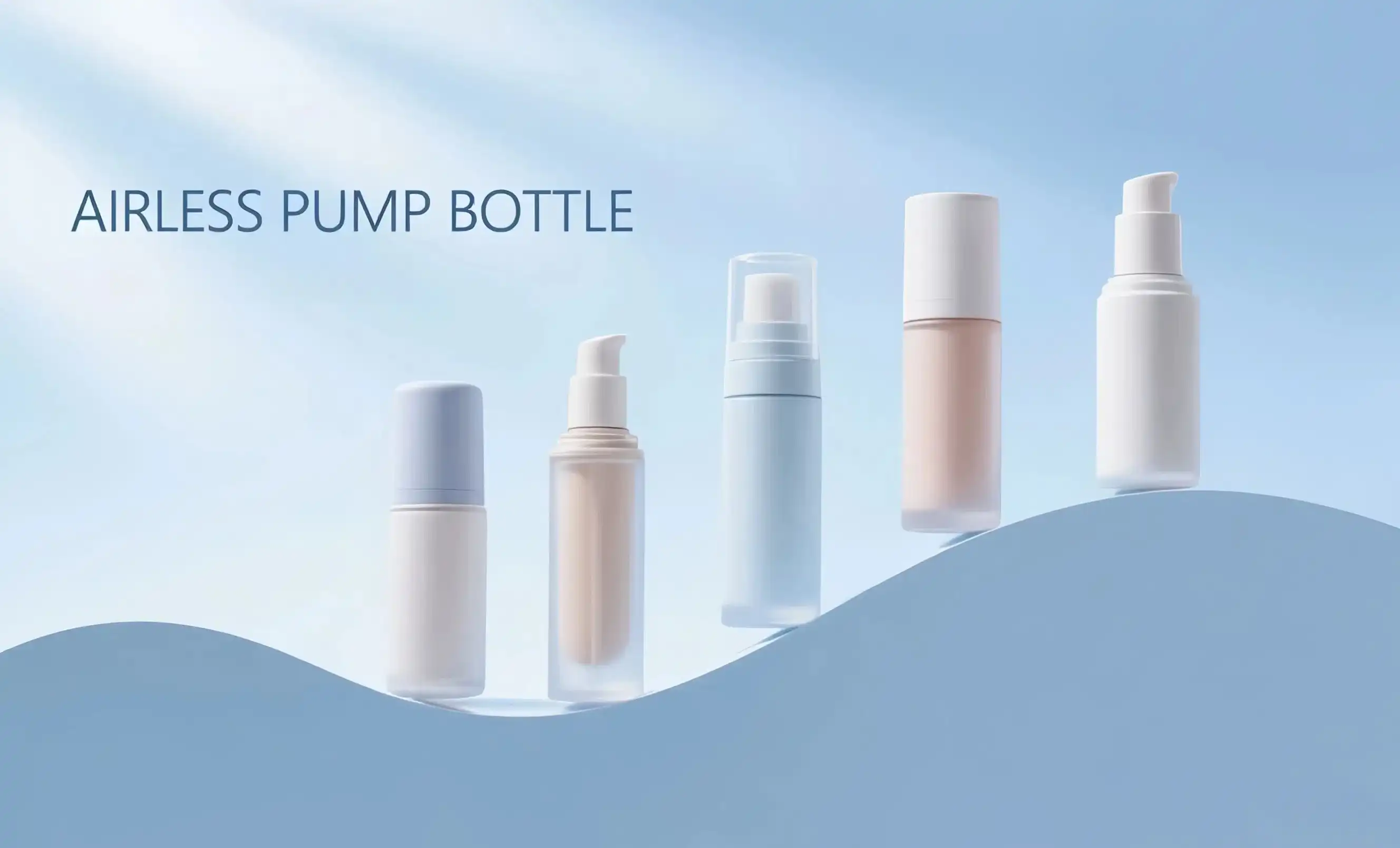Why Aren't More Brands Adopting Refillable Packaging Systems?
The slow adoption of refillable packaging systems in the beauty industry can be attributed to several factors. One significant barrier is the substantial upfront investment required to overhaul existing production lines and develop new packaging solutions. Many brands, especially smaller ones, may find it challenging to allocate resources for such a significant change in their operations.
Technical Challenges and Quality Control
Another hurdle lies in the technical challenges associated with creating refillable containers that maintain product integrity and prevent contamination. Beauty products often contain delicate formulations that can be affected by exposure to air or light. Designing refillable cosmetic packaging that preserves product quality while being easy to refill is a complex task that requires extensive research and development.
Quality control becomes more complicated with refillable systems, as brands must ensure that the refilling process doesn't compromise the product's efficacy or safety. This concern is particularly relevant for skincare products and cosmetics with active ingredients that may degrade over time or with repeated exposure to air.
Regulatory Hurdles and Brand Identity
Regulatory compliance adds another layer of complexity to the adoption of refillable packaging. Different countries have varying regulations regarding cosmetic packaging, and ensuring that refillable systems meet all necessary standards across global markets can be a daunting task for brands operating internationally.
Moreover, packaging plays a crucial role in brand identity and product differentiation. Many beauty brands have invested heavily in creating unique packaging designs that set them apart from competitors. The transition to standardized refillable containers may pose a challenge to maintaining this distinctive brand image.
The Cost Challenge: Is Refillable Packaging Profitable for Brands?
The financial aspect of implementing refillable packaging systems is a major consideration for beauty brands. While the long-term benefits of sustainability are clear, the short-term costs can be substantial.
Initial Investment and Production Costs
Developing and producing refillable packaging often requires a significant upfront investment. Brands need to create durable containers that can withstand multiple uses, which may involve more expensive materials and complex manufacturing processes. This initial cost can be a deterrent, especially for smaller brands or those operating on tight margins.
Additionally, the production of refills and the management of a dual system (original products and refills) can increase operational complexity and costs. Brands must consider the expenses associated with producing, storing, and distributing both the initial products and their refills.
Pricing Strategy and Consumer Perception
Determining the right pricing strategy for refillable products and their refills is crucial for profitability. Brands must strike a balance between making refills attractive to consumers through lower prices while ensuring that the overall system remains profitable. This can be challenging, as consumers often expect significant savings when opting for refills.
There's also the question of how consumers perceive the value of refillable products. While some may be willing to pay a premium for sustainable options, others might be deterred by higher initial costs, even if refills offer long-term savings. Educating consumers about the value proposition of refillable cosmetic packaging becomes an essential part of the marketing strategy.
Long-term Financial Benefits
Despite the initial challenges, refillable packaging systems can offer long-term financial benefits for brands. Reduced packaging costs over time, improved customer loyalty, and the potential for higher margins on refills can contribute to a positive financial outlook. However, these benefits may take time to materialize, requiring brands to have patience and a long-term perspective.
Consumer Convenience vs Sustainability: The Refillable Paradox
The tension between consumer convenience and sustainability goals presents a significant challenge in the adoption of refillable packaging systems. While many consumers express support for eco-friendly initiatives, their purchasing behavior doesn't always align with these values.
The Convenience Factor
Traditional disposable packaging offers undeniable convenience. Consumers are accustomed to the ease of purchasing a product, using it, and discarding the empty container. Refillable systems, on the other hand, require more effort from the consumer. They need to remember to bring their empty containers for refilling or purchase and store refill pouches or cartridges.
This additional effort can be a barrier to adoption, especially in today's fast-paced society where convenience often trumps other considerations. Brands face the challenge of making refillable systems as user-friendly and convenient as possible to encourage widespread adoption.
Education and Behavior Change
Implementing successful refillable packaging systems requires significant consumer education. Brands need to invest in marketing and communication strategies to inform consumers about the benefits of refillable options and how to use them effectively. This education process is crucial for changing ingrained habits and overcoming resistance to new systems.
Moreover, consumers need to be convinced that the extra effort required for refillable packaging is worthwhile. This involves not only highlighting the environmental benefits but also demonstrating the potential cost savings and the quality of refillable products.
Balancing Act for Brands
For beauty brands, navigating this paradox requires a delicate balance. They must innovate to create refillable systems that are as convenient as possible while still delivering on sustainability promises. This might involve developing smart packaging solutions, establishing easily accessible refill stations, or creating incentive programs to encourage refill purchases.
Some brands are exploring hybrid models, offering both traditional and refillable options to cater to different consumer preferences. This approach allows for a gradual transition and helps brands gauge consumer response while working towards more sustainable packaging solutions.
The refillable cosmetic packaging dilemma presents both challenges and opportunities for the beauty industry. As brands work to overcome technical, financial, and behavioral hurdles, they're also driving innovation in packaging design and sustainability practices. The success of refillable systems will largely depend on finding the right balance between environmental impact, consumer convenience, and business viability.
The Path Forward
As the beauty industry continues to evolve, collaboration between brands, packaging manufacturers, and retailers will be crucial in developing effective refillable packaging solutions. Innovations in materials science and design could lead to more eco-friendly, cost-effective, and consumer-friendly refillable options.
Ultimately, the widespread adoption of refillable packaging in the beauty industry will require a concerted effort from all stakeholders. Brands must be willing to invest in sustainable solutions, consumers need to embrace new habits, and regulatory bodies should provide supportive frameworks for these initiatives.
While the refillable beauty packaging dilemma presents significant challenges, it also offers an opportunity for the industry to lead in sustainability and innovation. By addressing these challenges head-on, the beauty sector can pave the way for a more sustainable future, reducing waste and environmental impact while meeting the evolving needs of conscious consumers.
If you're a beauty brand looking to navigate the complexities of refillable packaging, Topfeelpack is here to help. Our advanced airless bottles are designed with sustainability in mind, offering solutions that balance product effectiveness, environmental responsibility, and consumer convenience. We understand the unique challenges faced by skincare brands, makeup brands, and cosmetics manufacturers in adopting sustainable packaging solutions. With our fast customization capabilities, competitive pricing, and quick delivery times, we can help you transition to more sustainable packaging options without compromising on quality or brand identity. Whether you're a CEO making strategic decisions, a product manager seeking innovative solutions, or a brand manager looking to align packaging with your brand image, we have the expertise to support your sustainability goals. To learn more about our sustainable packaging solutions and how we can tailor them to your specific needs, please contact us at pack@topfeelgroup.com. Let's work together to create refillable cosmetic packaging that meets your brand's needs and contributes to a more sustainable beauty industry.
References
- Johnson, A. (2023). "The Future of Sustainable Beauty Packaging: Challenges and Opportunities." Journal of Cosmetic Science, 74(2), 145-160.
- Smith, B., & Brown, C. (2022). "Consumer Attitudes Towards Refillable Cosmetic Packaging: A Global Survey." International Journal of Consumer Studies, 46(3), 302-318.
- Lee, D., et al. (2023). "Economic Feasibility of Refillable Packaging Systems in the Beauty Industry." Sustainability, 15(8), 4567.
- Green, E. (2022). "Regulatory Landscape for Refillable Cosmetic Packaging: A Comparative Analysis." Cosmetics & Toiletries, 137(6), 28-35.
- Wang, L., & Garcia, M. (2023). "Innovation in Refillable Packaging Materials: Balancing Durability and Sustainability." Journal of Packaging Technology and Research, 7(2), 89-104.
- Anderson, K. (2022). "The Psychology of Sustainable Beauty Consumption: Bridging the Gap Between Intentions and Behavior." Psychology & Marketing, 39(4), 721-737.

 - 副本_1745399213966.webp)

_1747827716538.webp)

